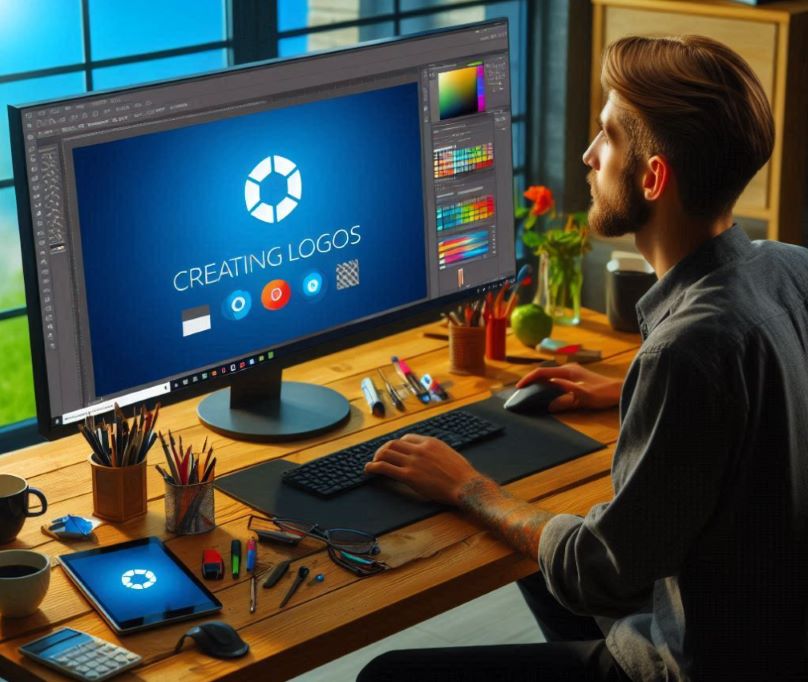AI to Human Text Conversion Transforms Brand Communication Strategies
Modern businesses are increasingly utilizing advanced content transformation tools to refine their marketing materials and brand messaging for better audience engagement. Professional marketing teams often employ AI to human text conversion platforms that can transform robotic, algorithm-generated copy into naturally flowing content that resonates with target demographics.
The implementation of AI to human text solutions enables companies to scale their content production efforts without sacrificing the personal touch that customers expect from genuine brand interactions. Design agencies and marketing professionals have integrated these tools into their workflows to streamline content creation processes while maintaining the human connection that drives customer loyalty and engagement.
Typography Selection Fundamentals
Choosing appropriate typefaces forms the foundation of effective logo design, as fonts communicate brand personality and values before audiences even process the actual words or symbols.
- Serif fonts – typically convey tradition, reliability, and sophistication, making them ideal for law firms, financial institutions, and luxury brands that want to establish trust and credibility.
- Sans-serif – typefaces project modernity, clarity, and approachability, which explains their popularity among technology companies and contemporary brands targeting younger demographics.
- Script fonts – can add elegance and personality to logos but require careful consideration to ensure readability at various sizes and applications.
Custom lettering often provides the most distinctive results, allowing designers to create unique typographic solutions that perfectly align with brand identity and differentiate companies from competitors.
Color Psychology in Brand Identity
Strategic color selection influences consumer perception and emotional response to brands in ways that extend far beyond simple aesthetic preferences. Red evokes energy, passion, and urgency, making it effective for food brands and call-to-action elements, while blue communicates trust, stability, and professionalism, explaining its prevalence in corporate and financial sector logos. Green associations with nature, growth, and sustainability make it popular among environmental organizations and health-focused brands.
Color combinations must consider cultural contexts and industry conventions to avoid unintended negative associations or confusion with established competitors. Monochromatic color schemes can create sophisticated, cohesive brand identities, while complementary color combinations generate visual interest and help brands stand out in crowded marketplaces.
Scalability and Versatility Requirements
Effective logos must maintain visual impact and legibility across all applications, from business cards and social media avatars to billboard advertisements and vehicle wraps. Vector-based design ensures crisp reproduction at any size, while simplified elements help maintain clarity when logos appear in small formats like favicon or mobile app thumbnails.
Testing logos in various contexts during the design process reveals potential issues before implementation.
Horizontal and vertical logo variations provide flexibility for different layout requirements, while simplified versions ensure brand recognition even when space constraints limit design complexity. Black and white versions remain essential for cost-effective printing and situations where color reproduction isn’t available or appropriate.
Brand Consistency Implementation
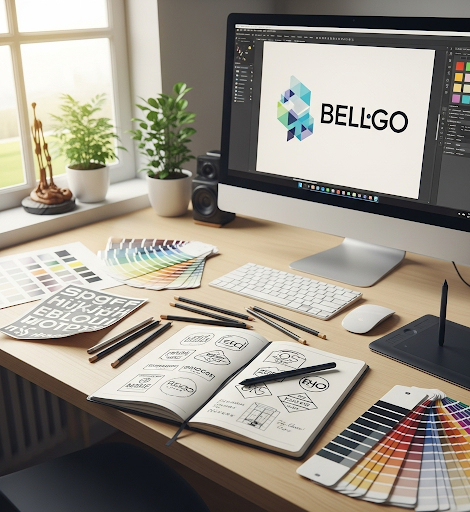
Comprehensive brand guidelines ensure consistent logo application across all marketing materials, digital platforms, and physical applications throughout the organization. Clear spacing requirements and placement rules help maintain logo integrity when combined with other design elements.
Training materials and approval processes help internal teams and external partners understand proper logo usage, preventing well-intentioned but harmful modifications that could damage brand consistency. Regular brand audits identify inconsistencies in logo application and provide opportunities to reinforce proper usage standards across all touchpoints.
Read More

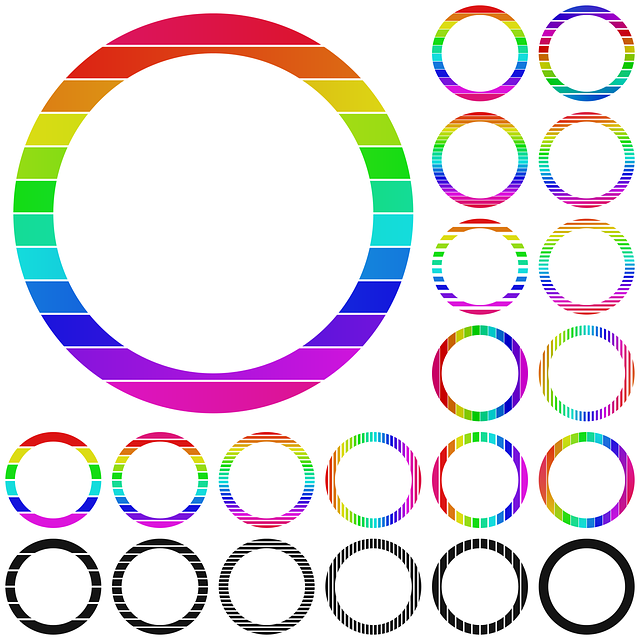
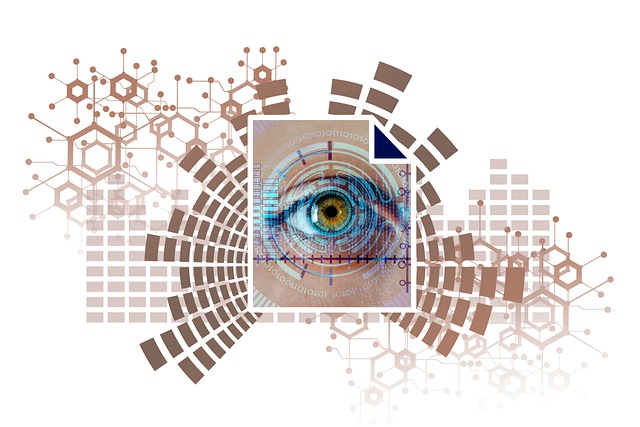

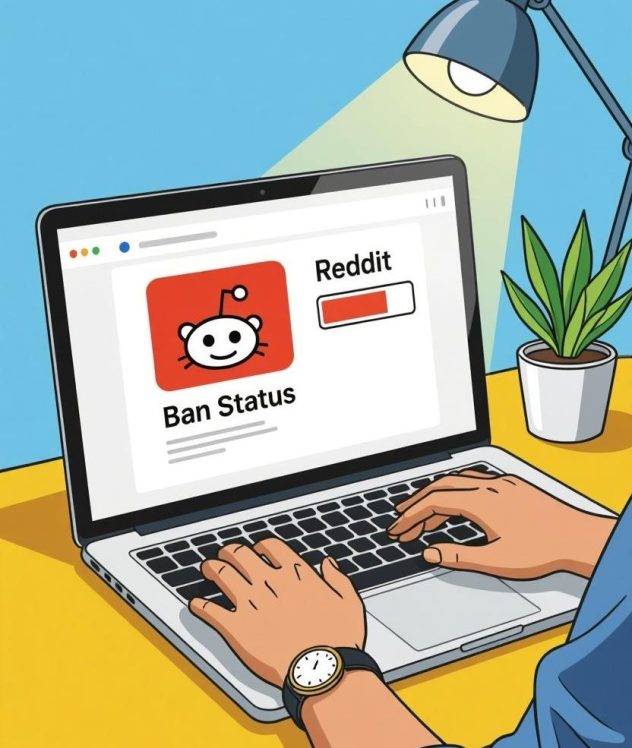


 Tips for Getting Noticed on Reddit
Tips for Getting Noticed on Reddit


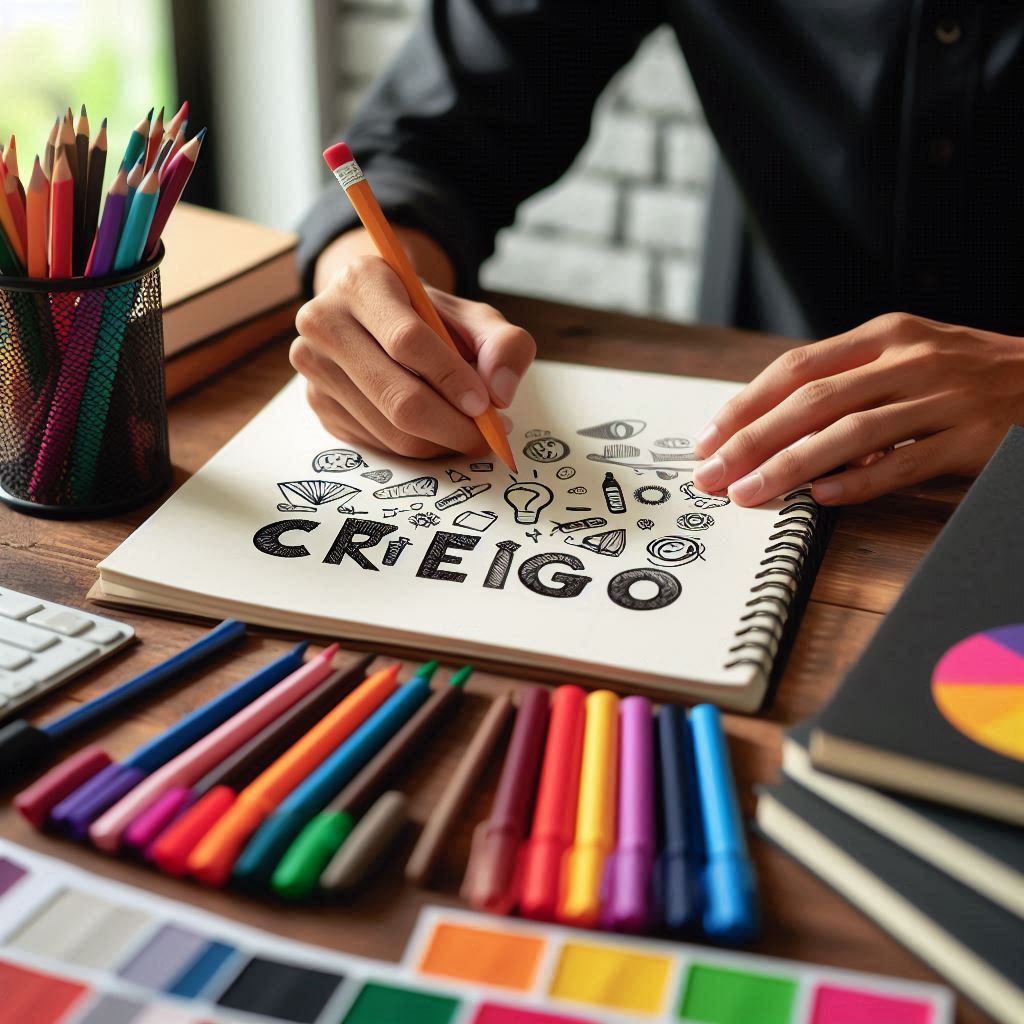
 After you have a professional logo it is crucial to include it all across your Instagram page. Your profile photo should be your logo; include it into your Instagram Stories, highlight it in your posts and highlights. This constant branding makes your account more identifiable and helps to support your identity.
After you have a professional logo it is crucial to include it all across your Instagram page. Your profile photo should be your logo; include it into your Instagram Stories, highlight it in your posts and highlights. This constant branding makes your account more identifiable and helps to support your identity.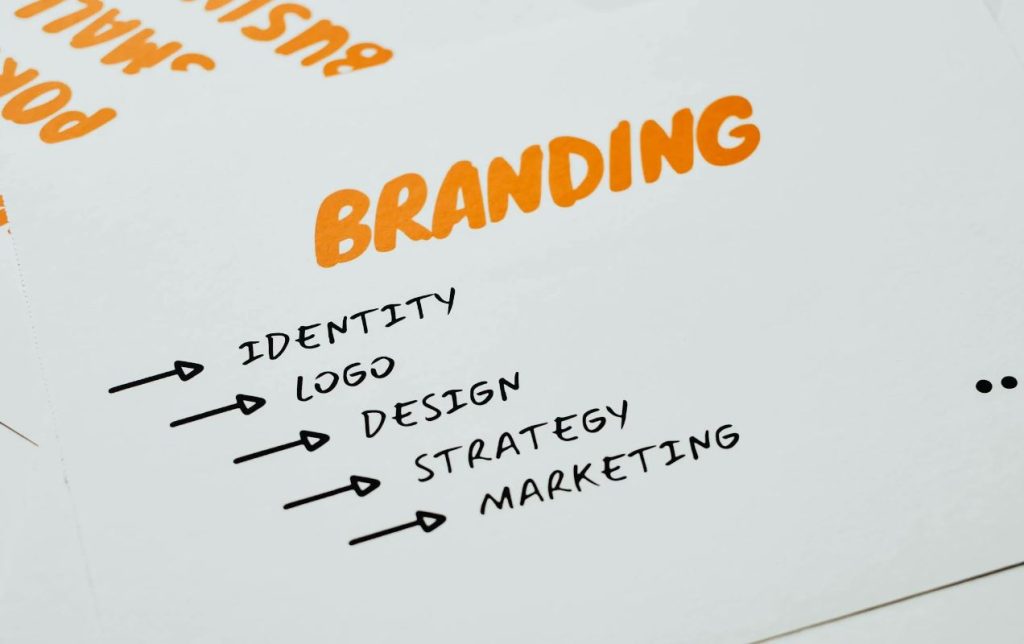
 Newbie Roblox players looking to use an alternative bootstrapper in installing the online multi-game platform can download Bloxstrap at GitHub absolutely free of charge. As a fair warning, pizzaboxer added that GitHub is the only official site from which to download Bloxstrap and that they do not have control over any other website claiming accreditation in offering Bloxstrap for download.
Newbie Roblox players looking to use an alternative bootstrapper in installing the online multi-game platform can download Bloxstrap at GitHub absolutely free of charge. As a fair warning, pizzaboxer added that GitHub is the only official site from which to download Bloxstrap and that they do not have control over any other website claiming accreditation in offering Bloxstrap for download. Actually, what the BloxatrapRPC does is to send data through the Discord external
Actually, what the BloxatrapRPC does is to send data through the Discord external 
 Customizable components including fonts, colors, and forms.
Customizable components including fonts, colors, and forms.

 Millions of people worldwide have played the very well-liked battle royale game Fortnite. But with its appeal comes the natural emergence of cheating techniques. By improving their gaming performance, these tips—aimbots, wallhacks, and ESP (Extra Sensory Perception)—offer gamers unfair advantages. Although some players utilize these tricks to win games and get attention, the ethical and legal ramifications are really major.
Millions of people worldwide have played the very well-liked battle royale game Fortnite. But with its appeal comes the natural emergence of cheating techniques. By improving their gaming performance, these tips—aimbots, wallhacks, and ESP (Extra Sensory Perception)—offer gamers unfair advantages. Although some players utilize these tricks to win games and get attention, the ethical and legal ramifications are really major. With branding, consistency is absolutely vital. Your logo and domain name should go well to produce a unified brand image. For example, your logo should show ideas of sustainability and eco-friendliness if your domain name is “EcoFriendlySolutions.com.” Consistent branding throughout your logo and domain helps your audience to trust you and supports the character of your brand.
With branding, consistency is absolutely vital. Your logo and domain name should go well to produce a unified brand image. For example, your logo should show ideas of sustainability and eco-friendliness if your domain name is “EcoFriendlySolutions.com.” Consistent branding throughout your logo and domain helps your audience to trust you and supports the character of your brand. 
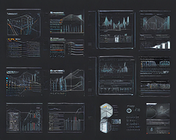 There has been a shift on the web. Web 3.0 incorporates AI and ML technology, distributes the internet, and introduces progressive web apps. New designs are also available with Web 3.0. Website 1.0’s guiding principle was “One-dimensional.” There is a strict hierarchy and sequential placement of most of the design elements. A new dimension was introduced with Web Design 2.0. With the new adaptable grids, you have even more leeway to arrange cells as you see fit.
There has been a shift on the web. Web 3.0 incorporates AI and ML technology, distributes the internet, and introduces progressive web apps. New designs are also available with Web 3.0. Website 1.0’s guiding principle was “One-dimensional.” There is a strict hierarchy and sequential placement of most of the design elements. A new dimension was introduced with Web Design 2.0. With the new adaptable grids, you have even more leeway to arrange cells as you see fit. Since many companies use their logo as their profile photo, customers will notice your logo first on their feed. Aside from that you may get more likes, or you can also visit getlikes to check your IG followers.
Since many companies use their logo as their profile photo, customers will notice your logo first on their feed. Aside from that you may get more likes, or you can also visit getlikes to check your IG followers.
 Choose fonts that reflect your brand’s aesthetic. Stay away from fancy fonts.
Choose fonts that reflect your brand’s aesthetic. Stay away from fancy fonts.